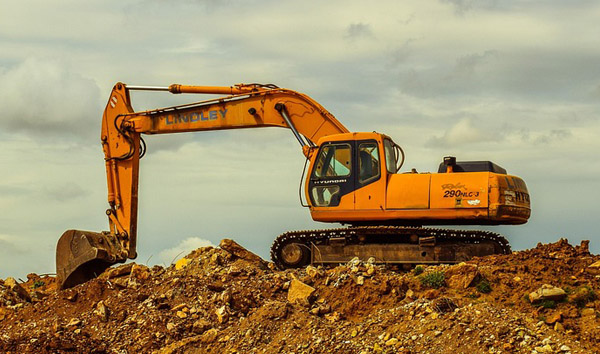Navigating the Complexities of Rough Terrain Forklift Safety Certification
2025-08-01 04:50:28
The demand for Rough Terrain Forklifts has surged in industries requiring heavy lifting on uneven surfaces, such as construction sites and agricultural fields. However, operating these machines without proper rough terrain forklift safety certification can lead to severe accidents, legal liabilities, and operational inefficiencies. OSHA mandates that all operators undergo rigorous training and certification to handle these specialized vehicles. This ensures they understand load capacities, stability principles, and hazard recognition unique to rough terrain environments.
A critical component of rough terrain forklift safety certification is hands-on training. Unlike standard forklifts, rough terrain models have larger tires, higher centers of gravity, and increased power, making them prone to tipping on slopes or unstable ground. Certified programs, such as those accredited by the National Safety Council (NSC), emphasize practical exercises like navigating inclines, handling uneven loads, and emergency shutdown procedures. Employers must verify that their operators complete these modules and pass written and practical exams before certification is granted.
Industry data reveals that workplaces enforcing rough terrain forklift safety certification experience 42% fewer accidents compared to non-compliant sites. Common violations include inadequate pre-operation inspections, improper load securing, and lack of refresher training. OSHA’s 2023 reports highlight that over 60% of rough terrain forklift incidents stem from uncertified operators misjudging terrain conditions. To address this, leading companies now integrate virtual reality (VR) simulations into certification programs, allowing trainees to practice in high-risk scenarios without real-world consequences.
Maintaining rough terrain forklift safety certification requires periodic reevaluation. OSHA recommends refresher courses every three years or after significant workplace changes, such as new equipment or site layouts. Additionally, employers should conduct routine audits to ensure compliance with ANSI/ITSDF B56.6 standards, which cover rough terrain forklift design and operation. By prioritizing certification, businesses not only safeguard their workforce but also optimize productivity and reduce insurance premiums. As technology evolves, expect AI-driven monitoring systems to further enhance certification protocols, setting new benchmarks for safety in high-risk industries.













